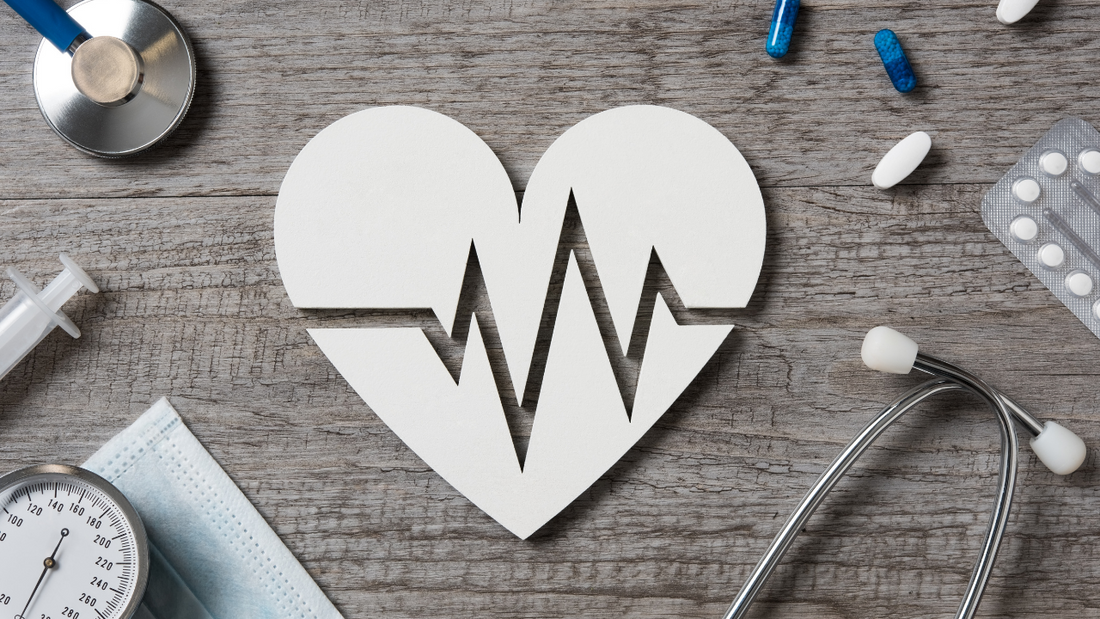Heart attack vs. cardiac arrest: What is the difference?

Do you know the difference between a heart attack and cardiac arrest?
Both are medical emergencies related to the heart; however, being able to distinguish between the two is incredibly important so you know how to respond. A heart attack can lead to cardiac arrest, but they are two different conditions.
A heart attack occurs when blood flow to a section of the heart becomes blocked and the heart muscle is deprived of oxygen. This is often caused by a blood clot or a buildup of plaque in the arteries. If the blood flow is not restored quickly, that region of the heart muscle begins to die. The results could range from mild to severe, depending on the length of time that the blood supply was cut off. In some people, the results can be fatal.
Cardiac arrest is an electrical malfunction in the heart that disrupts the heart’s rhythm and causes it to stop beating. As the heart is responsible for pumping blood to the rest of the body, cardiac arrest can also be fatal. According to the Heart and Stroke Foundation of Canada, an estimated 35,000 cardiac arrests occur in Canada annually [1], and most cardiac arrests occur outside of the hospital.[2]
Warning Signs of a Heart Attack vs. Cardiac Arrest
Here is a list of the symptoms of a heart attack and cardiac arrest. It’s important to note that heart attack symptoms can differ in women and men.
For women, the risk of heart disease and strokes increases during menopause because the ovaries slowly stop producing the hormone estrogen, which is heart protective.[3] This decrease in estrogen may:
- Increase body fat above the waist and affect the way the body handles sugar, a precursor condition to diabetes
- Increase LDL (bad) cholesterol and triglyceride levels, and decrease HDL (good) cholesterol levels
- Develop a tendency toward higher blood pressure
Many people expect a heart attack to come on suddenly. But research suggests that women experience symptoms for several weeks before a heart attack.[4]

What Happens During a Heart Attack vs. Cardiac Arrest
Here’s a step-by-step guide on what happens during a heart attack vs. cardiac arrest, and how you should respond to each.

A heart attack may develop a dangerous heart rhythm, which can result in cardiac arrest. When this happens, cardiopulmonary resuscitation (CPR) is necessary.

In both scenarios, you should always call 911 for help. If you see someone experiencing cardiac arrest and know how to perform CPR, doing so can save their life. You don’t have to be a medical professional, and both kids and adults can learn basic CPR. Check your local recreational facility or community centre to find out about CPR training sessions and workshops, or visit heartandstroke.ca for more info.
References :
Krueger & Associates Inc and Heart & Stroke. Addressing Cardiac Arrest in Canada [Internet]. 2019. Available from: https://www.heartandstroke.ca/-/media/pdf-files/canada/2017-position-statements/final-en-addressingcardiacarreststatement-nov-2019.Ashx?Rev=388eeef4069747dcb4ab6353d36b3f7b%26hash=9e27a3232e8f908e45e115b0b9dcc9d5
Vaillancourt C, Stiell I, Canadian Cardiovascular Outcomes Research Team. Cardiac arrest care and emergency medical services in Canada. Can J Cardiol. 2004; 20(11):1081-90.
Wake R, Yoshiyama M. Gender differences in ischemic heart disease. Recent Patents Cardiovasc Drug Discov. 2009; 4(3):234-40.
McSweeney JC, Cody M, O’Sullivan P, et al. Women’s early warning symptoms of acute myocardial infarction. Circulation. 2003; 108(21):2619-23.
